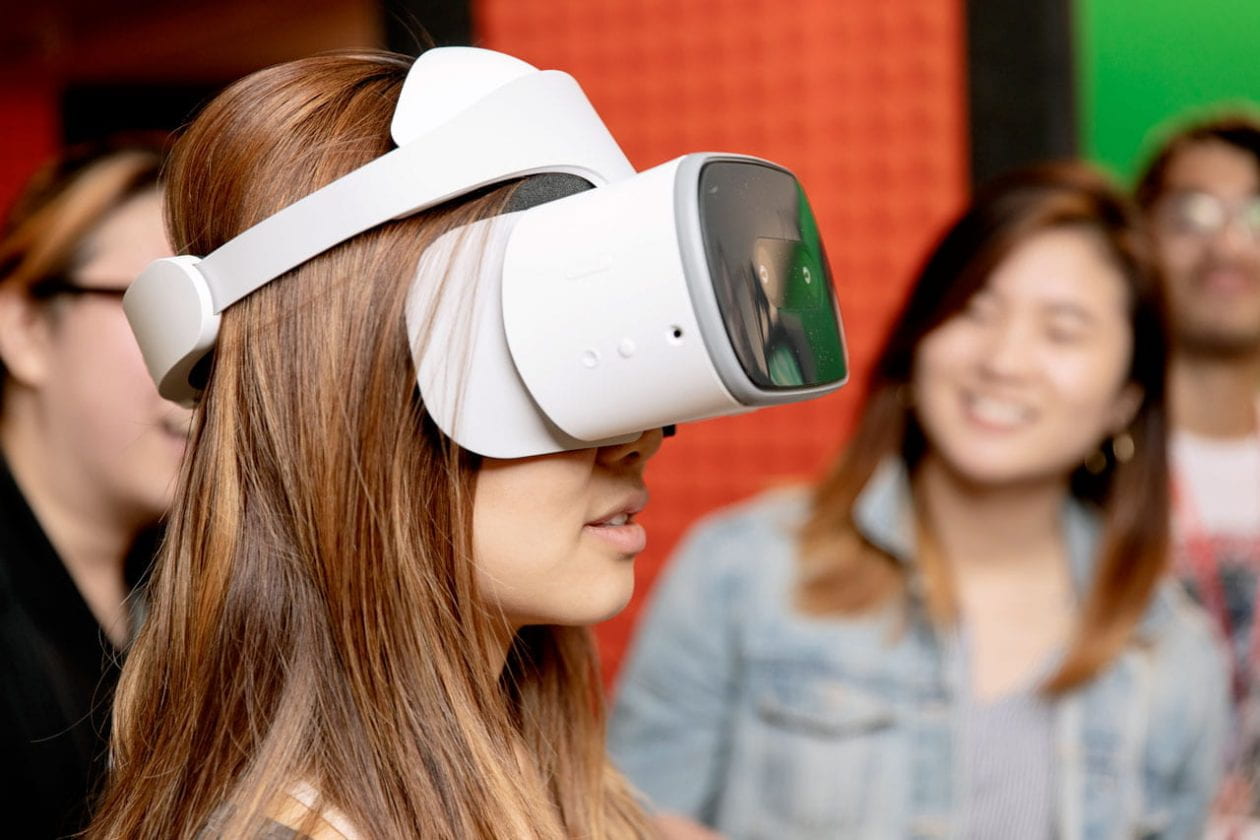By Anil Oza
Although scientists constantly push the boundaries of human knowledge, the fruits of research are often limited to the narrow confines of a laboratory.
This semester, Cornell will establish a new minor that aims to break down the divide between science and the general public. The new minor, called “science communication and public engagement,” hopes to educate STEM students in communication methods for their specific audiences.
“[Science communication] is a discipline and practice of translating scientific information to create a dialogue with non-technical audiences,” Prof. Mark Sarvary, neurobiology and behavior, said about the final — but often neglected — stage of the scientific process.
According to Sarvary, who is the minor’s academic advisor, the goal of this discipline is to spark scientific curiosity in order to create a scientifically literate populous and push science-based policy.
“What you do in the lab is only part of science. Until it gets communicated with a broader community … it’s not actually reliable knowledge,” said Prof. Bruce Lewenstein, science and technology studies and communication. “The thing that makes it reliable is the fact that you’ve communicated it and others have had a chance to push back on it and test it.”
By learning how to communicate with the general public, STEM students develop a better understanding of the entire scientific process, while opening themselves up to new career opportunities, according to Lewenstein.
Development of the program began in light of a trend in the past decade among graduate students toward an education that placed value on public communication.
“Undergraduates are the new graduate students. They contribute to scientific discoveries, like graduate students used to,” Sarvary said. “So we, instructors, answered the call and many of us developed courses to help students communicate their scientific discoveries.”
As it stands, this program is unique on the undergraduate level. While more and more universities incorporate science communication education at the graduate level, it has not yet become common for undergraduates.
“We’re on the cutting edge of making this a formal program,” Lewenstein said.
While the program is one of the first of its kind, Cornell is a fitting home. For one, the University’s land grant mission of “advancing the lives and livelihoods of the state’s citizens through teaching, research and public service” requires effective communication between scientists and the public.
“Talking to growers and farmers, establishing trust with them so they listen to scientific evidence is the bread and butter of science communication,” Sarvary said.
Cornell has also been home to some of the most prolific science communicators in recent history. Carl Sagan, former astronomy professor, paved the way for modern science communicators and inspired generations of scientists through his popular science books and television show, Cosmos.
During his time at Cornell, Sagan taught and inspired another prominent science communicator, Bill Nye “the Science Guy” ’77. Nye has also inspired many through television and has been a passionate public advocate for science literacy. Additionally, Lewenstein himself founded the Public Communication of Science and Technology Network, which promotes innovations in science communication.
While the program is curated for students in the College of Agriculture and Life Sciences and the College of Arts and Sciences, it is supported by faculty from across the University, giving students access to diverse opportunities in science communication.
“This is a mechanism for undergraduates to take advantage of that breadth across the university, where you can connect to people all over the university as part of your academic program,” Lewenstein said.
While the minor taps into classes from various departments, it also incorporates practical experience as part of the curricula, encouraging students to work with community partners for credit.
Students interested in the minor can view the required courses, as well as apply for the minor at the program website. Interested students are invited to a lunch on Jan. 31.
This story originally appeared in the Cornell Daily Sun.

